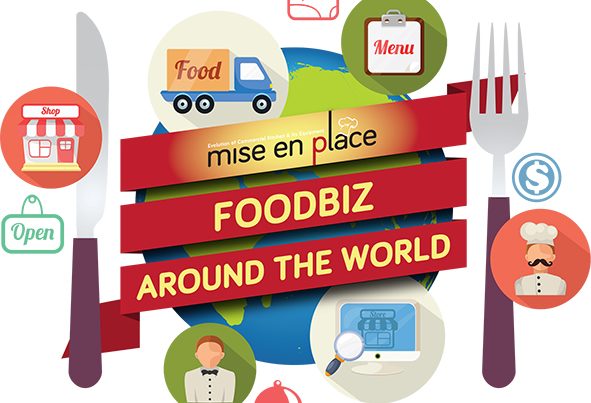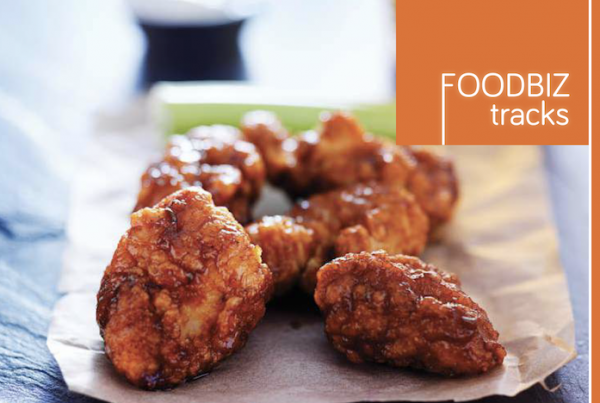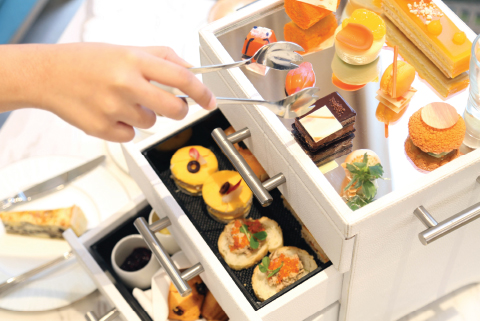
The mention of having high-tea often conjures up lighthearted jokes about scones and drinking tea with your pinky finger stuck out in the air and about how “English” the whole experience would be. First, let us get the differences clear. High-tea was introduced in England but it was originally a practice of working men. It was documented that around 1700s, the working man would take a break between 3-4pm for cakes, scones, cheese on toast with tea, standing up or sitting on tall stools, thus the reference to ‘high’.1 Food taken was mostly for necessity as the working class would get home only in the evening, tired and hungry. High-tea was also what servants of a large house would eat at around 6pm, after the upstairs had been given their Afternoon Tea. The fare typically comprised of bread, roasted meats, a big cake, potted shrimps and ale. This would be their meal before serving the residents their dinner.
Afternoon Tea would be the one pioneered by the seventh Duchess of Bedford in 1840, who asked for tea, bread and butter to be brought to her room around 4pm to tide her over till dinner at 8pm. The simple fare soon evolved to include sandwiches and cake, gradually becoming the Duchess’ habit and she began inviting friends to join her, thus becoming a social event of the upper-class women who would dress in long gowns, gloves and hats for tea between 4-5pm. The food served would be more sophisticated, set upon fine cutlery and eaten with etiquette.
In modern context, the terms high-tea and Afternoon Tea are used interchangeably and refers to the hours after lunch and before dinner (between 3-6pm).
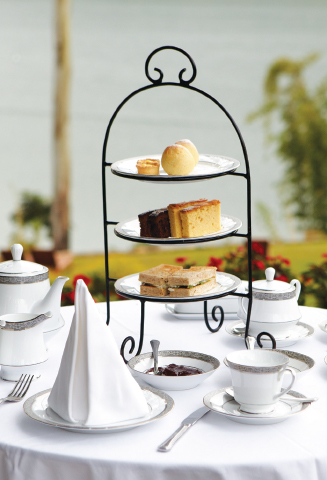 Henry James famously wrote “There are few hours in life more agreeable than the hour dedicated to the ceremony known as Afternoon Tea”. It may seem so, after a morning and afternoon of busyness, it is nice to sit down to peace and quiet and look forward to the remainder of the day. Or to catch up with a friend over a few hours before we each get back to our lives. Not forgetting the little bites that will fulfill our tummy so that we do not feel lethargic or impoverished come dinner time! Sure, we could all have Afternoon Tea at our homes but we know a different experience awaits us out there. Like all other segments of the food industry, one has to find its place in the hearts of customers who are definitely looking for a memorable takeaway, given that they are paying an average of 50 dollars for teatime! Tea service is often incorporated into hotels as a potential revenue for the hours of teatime are possibly lull otherwise. With almost all resources at hand, in terms of ingredients, equipment, utensils and skills, this is an opportunity not to be missed.
Henry James famously wrote “There are few hours in life more agreeable than the hour dedicated to the ceremony known as Afternoon Tea”. It may seem so, after a morning and afternoon of busyness, it is nice to sit down to peace and quiet and look forward to the remainder of the day. Or to catch up with a friend over a few hours before we each get back to our lives. Not forgetting the little bites that will fulfill our tummy so that we do not feel lethargic or impoverished come dinner time! Sure, we could all have Afternoon Tea at our homes but we know a different experience awaits us out there. Like all other segments of the food industry, one has to find its place in the hearts of customers who are definitely looking for a memorable takeaway, given that they are paying an average of 50 dollars for teatime! Tea service is often incorporated into hotels as a potential revenue for the hours of teatime are possibly lull otherwise. With almost all resources at hand, in terms of ingredients, equipment, utensils and skills, this is an opportunity not to be missed.
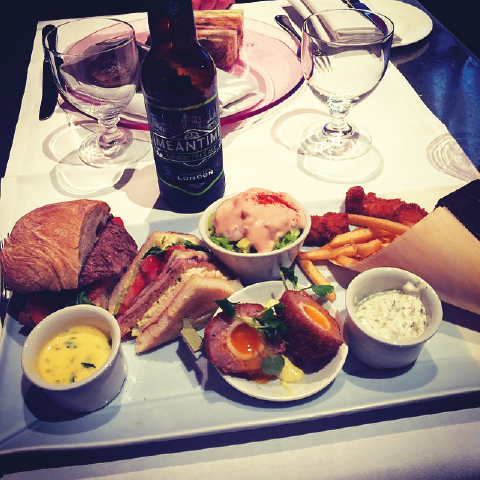
Back in the United Kingdom, where High-tea and Afternoon Tea originated, the culture is making a comeback in recent times. Case in point with The Shelbourne in Ireland where it serves up to 800 Afternoon Teas every week and even on a quiet day like Monday, they have experienced between 80 to 90 customers seeking the experience of petit pastries, canapes-style items and fine teas. Some premises have also seen tea service reservations for business discussions and makes minor tweaks according to the needs of the guest, such as serving scones with jam and cream already spread because “nobody wants to be spreading jam in the boardroom.” (Ben Purton, Royal Horse Guards Hotel) Even the working men’s practice of High-tea looks like it has a place when The Morrison Hotel decided to put out the Gentleman’s Afternoon Tea with ‘manly’ food items lie beef sliders, smoked rasher scones, steak sarnies, whiskey chocolate truffles to go with beer.
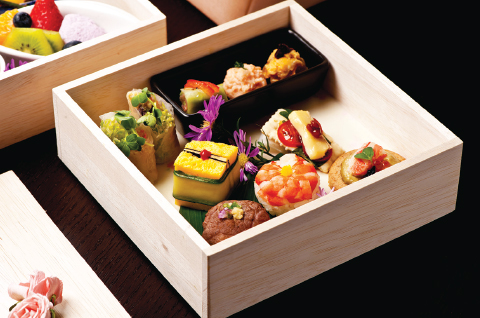
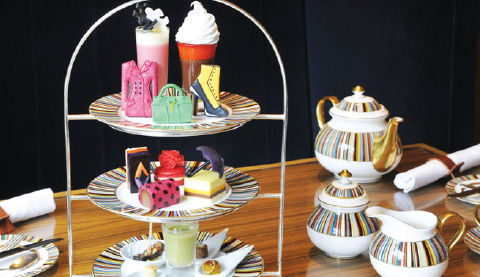
Your Niche
Evidently, you cannot ser ve the entire world. Is there a theme for your high-tea or catered to specific audiences? It could be made suitable for families, formal enough for business meetings, designed for a luxurious experience, casual or according to the British tradition. What about a garden-themed alfresco style, just like how the upper crust English women would do? Hotels typically have special tea rooms for such meals and even if not, they could make some adjustments to the ambience or table setting at the lunch coffeehouse to give it a different outlook for high-tea. For example, The Ritz in London has been serving high-tea since 1906. Its Palm Court is decked out in architectural designs resembling high society’s homes and service is by the book where guests are supposed to dress formally, keeping in line with the British pomp and ceremony. Many Chefs also dole out a thematic menu every few months to keep things fresh and to execute this successfully, the menu ought to still play along the premise’s concept to maintain a harmony.
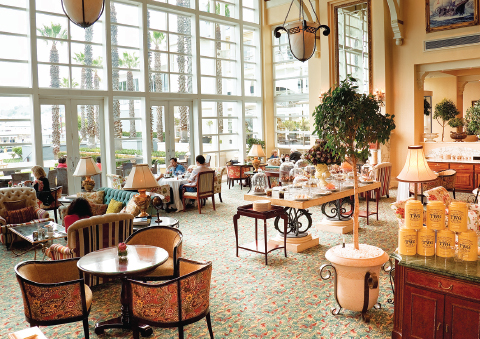
The Ambiance
While concepts and layout can give tea rooms an identity, what does not change is the ambience it exudes. Afternoon Tea sessions are known to be gentle, polite or intimate in nature and thus should the layout reflect as such by placing tables at comfortable distances from one another. Customers ought not to be hurried as such occasions are considered a luxury. Budgeting 2 hours for each table is reasonable and in many places, reservations for high-tea is required so that guests can enjoy the full experience. Service must be attentive enough yet not intrusive. According to Francois-Xavier Shoeffer, Director of Operations at Café Royal, Afternoon Tea is a ver y ritualized event should include the right equipment (such as a strainer, tea pot, and creamer), perfect service, great quality of food and teas, and a combination of sandwiches, scones, and pastries. Of course, he said that in the English context but we all know that in the culinary world, the sky is the limit. Just ask Violet Oon of National Kitchen about her Peranakan-inspired high-tea! (page 60).
The Afternoon Tea, which used to be only available at fancy hotels has now been made more accessible as we do see some independent cafes offering the experience at the fraction of the usual price. However, this should be greatly considered especially in places where space is not a luxury. Sure, you could buy the delicate teapots and teacups, the tiered rack and prepare the small
bites, but can you afford the slower turnover versus your typical crowd that comes and goes relatively quickly? Is the venue conducive and are your servers taught to carry out the specifics of a proper high-tea service.
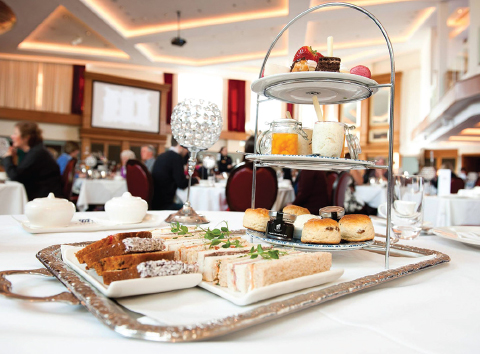
The Gastronomy
Finger sandwiches, scones, pastries are the mainstay of any Afternoon Tea as derived from the English background. Due to the prices for this experience, the menu is typically expansive and for most people, worthy of a main meal in itself. Importantly, food must be served in bite-sized morsels and easy to eat because you assume guests are not prepared to get their hands dirty during a dainty afternoon. The tier rack is part tradition and space efficiency. According to tea expert Kathy YL Chan, a traditional tier comprises savouries at the bottom, sweets on the middle and scones on the top. The best order is to deliver the scones when the server notices the savouries are about to finish so that guests can eat them warm. It is good to marry the conventional with modern items or give the tradition a twist. Having said that, with business events veering towards an Afternoon Tea setup, the food can be served banquet style for self-service purposes as well and to ensure seamless execution, servers must always be onhand to top up the trays of food or should the customer prefer an informal do, a high-tea can be served canape style with servers walking around to offer the delicacies. An Afternoon Tea is definitely incomplete without the tea! In her travels, Chan has experienced interesting interpretations such as tea-infused cocktails that gives one a slight buzz without losing the element of tea. Many places would also offer alcoholic pairings, at a separate price which ups the luxury even more.
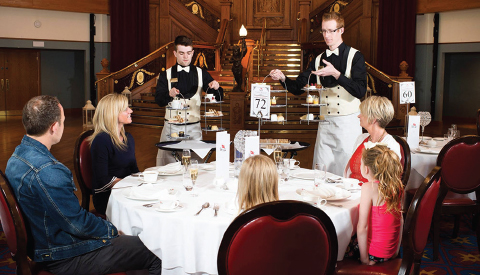
The Table
In a hotel lounge, a buffet table can be set up but in an unobtrusive corner and used to place the necessary tools for serving the Afternoon Tea. This table would be usually near the holding room where the food is kept so that servers are able to quickly access and plate up the food for customers; especially if items need to be served hot such as toast, scones and pastries. From holding room to guests’ table, an establishment can opt to serve item by item on silverware, wheel a trolley with food and silverware from table to table and serve accordingly. Beverage is first served and the teapot, hot water jug and milk jug are to be positioned to the right of the guest (usually the host) and the handles turned to an angle for easy pouring. In countries which stick strictly to the definition of Afternoon Tea and High Tea, the setting for the latter is a different story. High Tea is typically a robust meal compared to the delicateness of Afternoon Tea and modifies from the full menu which can include grilled meats, fish, salads, pies and pastries.
AFTERNOON TEA Setting
• Side plate
• Paper serviette
• Side or tea knife
• Pastry fork
• Tea cup and saucer and a teaspoon
• Slop basin and tea strainer
• Sugar basin and tongs
• Tea pot and hot water jug stands or saucer
• Jug of cold milk
• Preserve dish (Jam) on a doily on a saucer with a preserve spoon
HIGH TEA Setting
• Serviette
• Joint knife and fork
• Side-plate
• Side-knife
• Cruet; salt, pepper, mustard and mustard spoon
• Tea cup, saucer and teaspoon
• Sugar basin and tongs
• Slop basin and tea strainer
• Tea pot and hot water jug stands or saucers
• Jug of cold milk
• Preserve on a doily on a saucer and with a preserve spoon
• Ashtray
Despite being steeped in tradition, the Afternoon Tea / High Tea practice continues to draw the interest of people around the world and interpreted in all sorts of concepts by business owners and Chefs. The attentive service and thoughtfully prepared food; set in environment that bids you to stay is a strategic business move to improve visibility and revenue for business owners as Afternoon Tea / High Tea carries the notion of privilege – one that speaks to the guest of a well-lived life that affords them the time to enjoy good food and establish relationships.







